10. The Wailing (Na Hong-jin, 2016, South Korea)

Na Hong-jin directs and pens an agonizing thriller, building the tension gradually as the story progresses, until the utterly shocking finale, which is, probably, the film's greatest sequence. He incorporates a plethora of horror-favorite elements and notions, including zombies, vampires, demons, and exorcists, although the only one majorly implemented is the latter, with the rest existing, for the most part, to create an atmosphere of supernatural horror. In that fashion, he avoids the reef of hyperbole, maintaining a very serious approach throughout the film, despite some minor moments of unexpected humor. The pace is neither fast nor slow, but has the most fitting speed for the story, which artfully escalates as the time passes, until the impressive ending with the continuous plot twists. Apart from that, there is much cursing, violence, and a number of truly grotesque bloodbaths an spectacles, in general, which supplement the general aesthetics of the film. (Panos Kotzathanasis)
Buy This Title
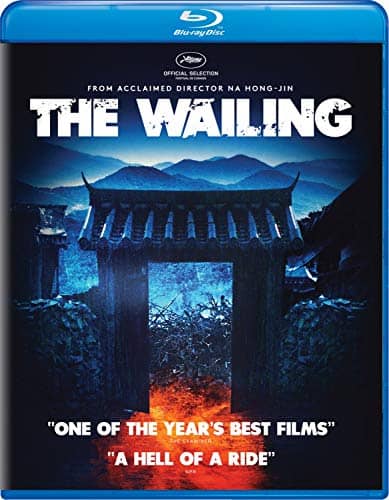
9. Jallikattu (Lijo Jose Pellissery, 2019, India)
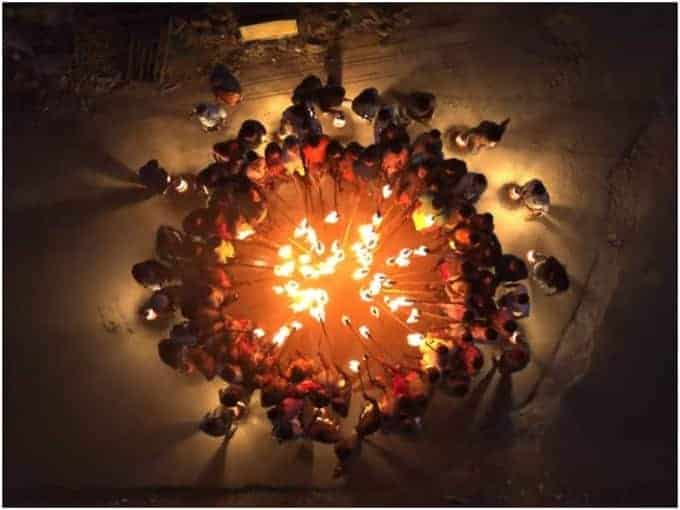
Questioning evolution is no small feat and keeping the primal need for food at its crux is even more remarkable. And as if questioning Darwin was not enough, we have entertainment without compromising intellect and some raw thoughts to ponder upon. (Arun Krishnan)
Watch This Title
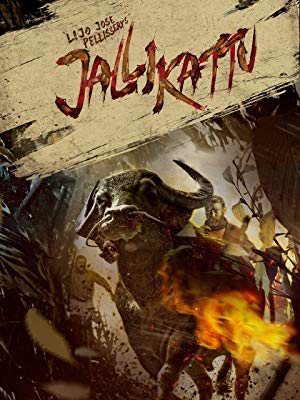
8. Pieta (Kim Ki-duk, 2012, S. Korea)

Kim's most commercial work is, however, as onerous as the rest of his filmography, a fact stressed by the usage of digital camera that makes the violent scenes seem even more realistic, virtually documentary-like. The standard message residing in the majority of Kim's works also appears here: the world we live in is ugly and evil, and people are either monsters or victims.
Buy This Title

7. Guilty of Romance (Sion Sono, 2011, Japan)

Sion Sono directs and pens a film proving how well he can handle the extreme. His usual tactic of leaving little or nothing to the imagination, finds its peak in “Guilty of Romance”, both in the erotic and the violent scenes. The former are the most exquisite, chiefly due to the physiognomic antithesis of the two main leads: Megumi Kagurazaka, a former gravure idol who plays Izumi is voluptuous, whereas Makoto Togashi, as Mitsuko, borders on anorexic. (Panos Kotzathanasis)
Buy This Title

6. Shadow (Zhang Yimou, 2018, China)

Zhang Yimou directs a wuxia that follows the “other rules” of the genre, as dictated by King Hu, particularly in films like “A Touch of Zen” and “Dragon Inn”. Firstly, the script does not exist solely to provide a background for the action, but is elaborately written and includes interwoven stories, conspiracies, treacheries, and in-depth analysis of the characters and the circumstances of the era. […] Not much more to say, “Shadow” is one of the greatest wuxia films of all time, an audiovisual poem and overall, a true masterpiece.
Buy This Title

5. Gangs of Wasseypur (Anurag Kashyap, 2012, India)

Before I watched the film, I had heard comments like “Indian epic,” “one of the best Asian films ever produced,” “a true masterpiece” and other similar characterizations, which usually make me suspicious, to say the least. However, in this case, every dithyramb was absolutely true as “Gangs of Wasseypur” is one of the best gangster films ever produced. (Panos Kotzathanasis)
Buy This Title

4. The Handmaiden (Park Chan-wook, 2016, S. Korea)

One of Park's biggest traits as a filmmaker is that he manages to combine elements of art-house, mainstream, and exploitation/cult in his movies, additionally succeeding in presenting his messages regarding society and humans through violence, eroticism, and extreme scripts. This trait of his finds its apogee in “The Handmaiden,” a true triumph of both style and substance. Park Chan-wook is one of the greatest filmmakers of our time and this film is a definite proof of the fact. (Panos Kotzathanasis)
Buy This Title

3. Shoplifters (Hirokazu Koreeda, 2018, Japan)

“Shoplifters” is a touching family drama by one of the most significant talents of that particular genre. With a magnificent cast and the beautiful cinematography by Kondo Ryuto, it is a film which deserves the praise it has received and, undoubtedly, will receive in the near future. In many ways it is a story not of, but rather for our times, for the “invisible people” as actress Cate Blanchett called them referring to the family in “Shoplifters” are there, although we have forgotten about them. And their stories need to be told, need to be taken seriously and deserve attention. (Rouven Lin)
Buy This Title

2. Burning (Lee Chang-dong, 2018, South Korea)

Lee Chang-dong and co-scriptwriter Oh Jung-mi have blended two novels from different eras and countries, embedded them in a bona fide South Korean contest and succeeded in creating a beautiful, contemporary and at the same time universal metaphor of youth discomfort. (Adriana Rosati)
Buy This Title

1. Parasite (Bong Joon-ho, 2019, S. Korea)

The artistry in Hong Kyung-pyo's cinematography and Lee Ha-jun's set design is undeniable, with the two of them implementing a style much similar to Park Chan-wook's “The Handmaiden”, with the luxuriousness of the upper floor coming in complete contrast with the almost gothic style of the basement, and the somewhat dramatic realism of Ki-taek's rundown house. The maximalism of Park's film may have been substituted by an elegant “designer's” minimalism in the main house of “Parasite”, but I felt that basic visual premises are quite similar, which is obviously a tick in the pros column. The stylistic excellence is also evident in the sex scene, which, for once, is truly original. (Panos Kotzathanasis)
Buy This Title
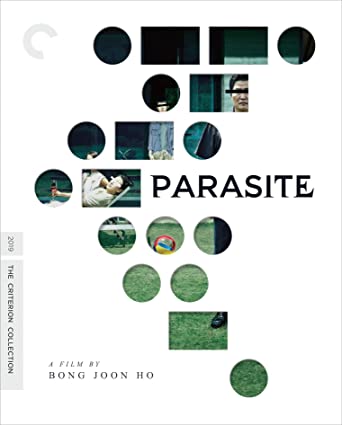



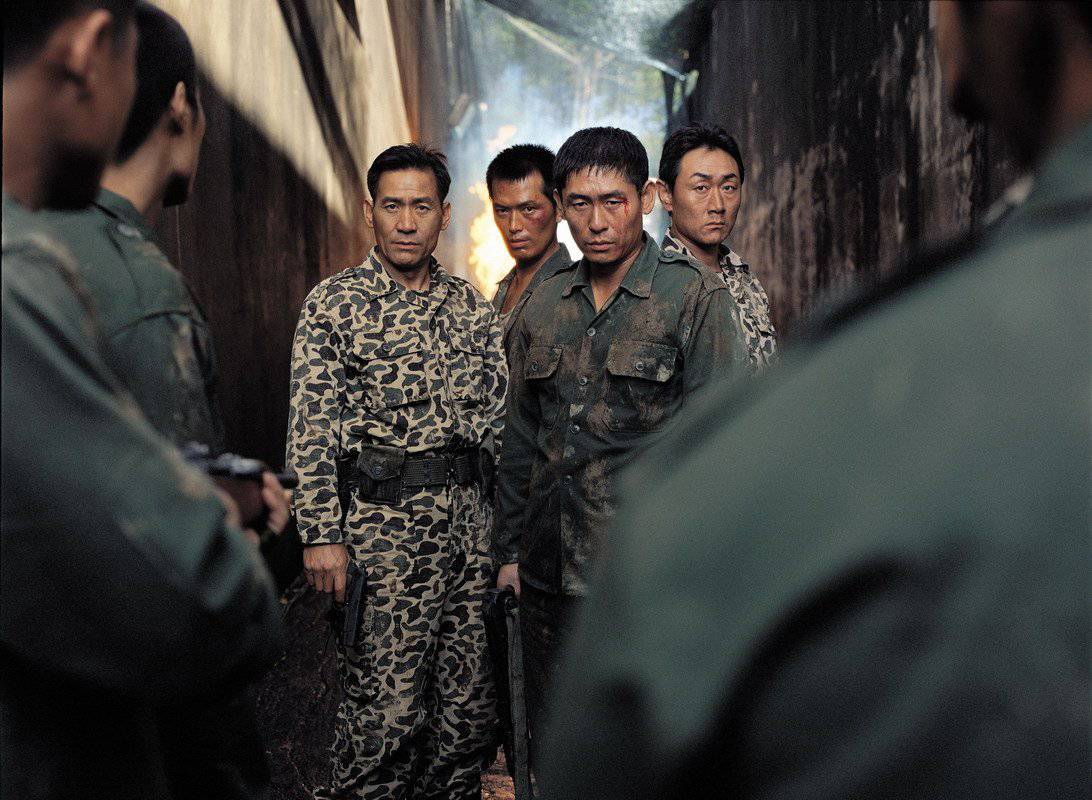











I’m wondering why Brillante Mendoza’s THY WOMB didn’t make it to this list? 🤔
The same question could be asked for hundreds of movies. These 60, however, are our choice.